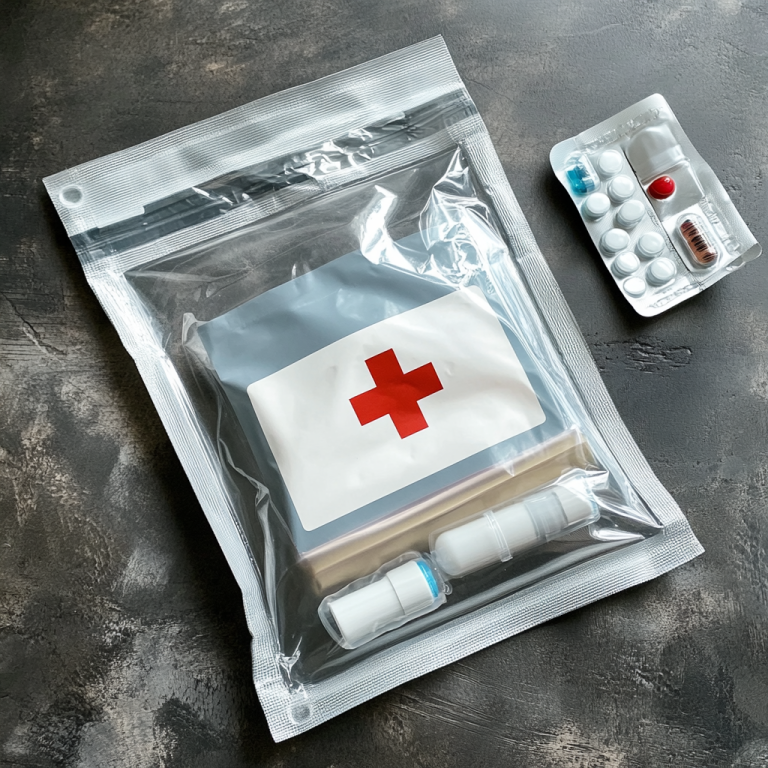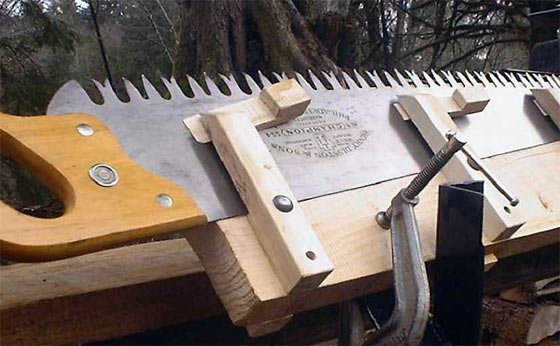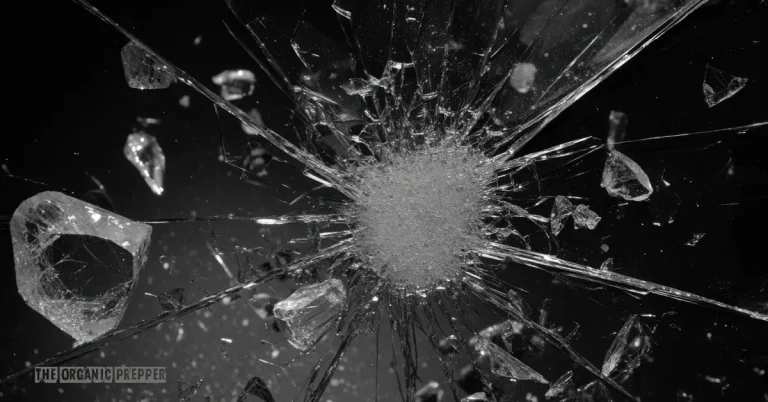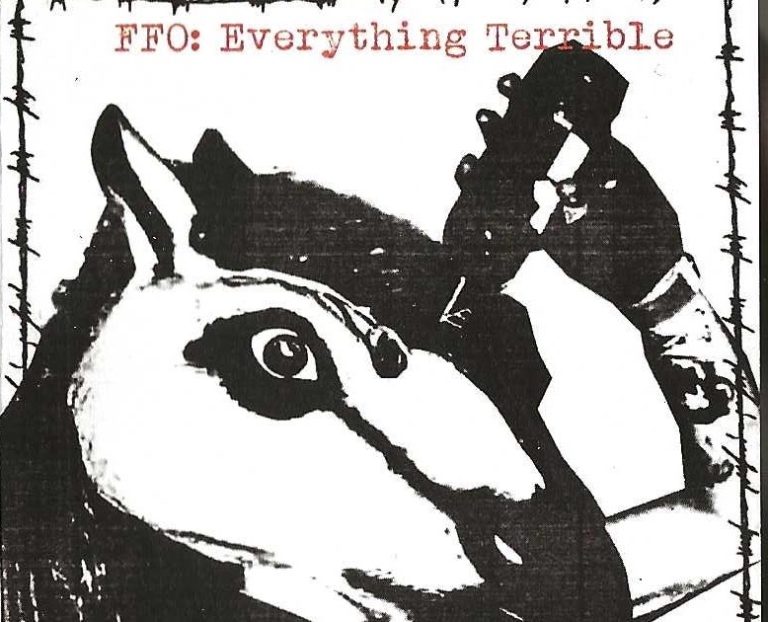A nuclear power plant meltdown. It is a catastrophic event where the reactor’s core overheats, causing the fuel rods’ partial or complete meltdown. One question… What might be considered a generally safe radius from a nuclear power plant?
If I had to live in a region with a nuclear power plant… I would live at least 50 miles away and upwind based on the region’s prevailing wind direction. Winds are typically and generally west to east across the U.S. – although with variations. Perhaps living West of the nuclear power plant is generally best.
(US nuclear power plant map below)
[ Read: iOSAT Potassium Iodide Tablets For Nuclear Fallout]
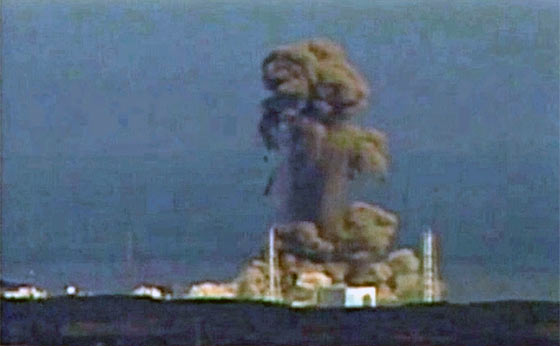
Here’s the thing…
If we were to experience a disaster that brings down our electrical power grid, or even a region thereof (‘Carrington’ Event?), (an EMP?), those who are living near a nuclear power plant will be at high risk due to the potential for a nuclear meltdown and fallout.
All you have to do is look back at what happened in Fukushima Japan following the earthquake, tsunami, and core meltdown. An enormous region of land surrounding that power plant became uninhabitable.
Nuclear power plants need electricity to keep their enormous water-cooling pumps working. Without their cooling pumps, a nuclear meltdown will be assured.
While nuclear power plants do have backup diesel power generators, there are circumstances whereby these generators could be rendered useless.
How long can a nuclear power plant operate with its generators? Until they either run out of fuel or until they break down.
I am reposting this map that I put together years ago. It indicates the location of all the operating nuclear power plants in the United States. I have added a 50-mile radius (100-mile diameter) circle around each one.
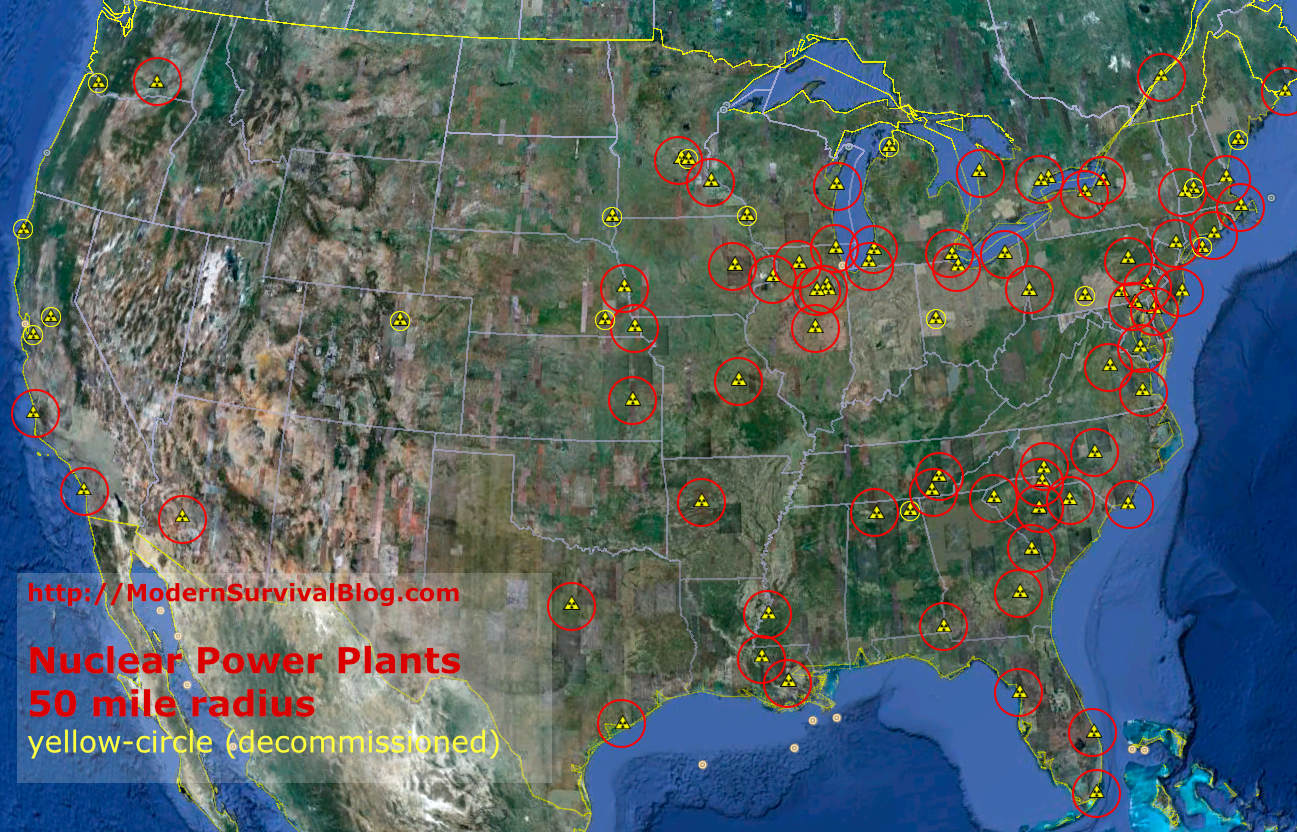
I have chosen a 50-mile radius as a reasonable distance factor. Generally speaking – radioactive fallout will dissipate and disperse over distance. And there is the inverse-square-law.
Wind patterns WILL affect this, however, and the method of fallout will also affect the spread pattern (explosion and altitude versus meltdown, etc..).
That said, I believe this is a reasonable guideline to consider as a minimum distance to live from a nuclear power plant if you have the choice.
[ Read: Best Geiger Counter Nuclear Radiation Detector For Preparedness ]
[ Read: Best Gas Mask For Nuclear Fallout Radiation Survival ]







